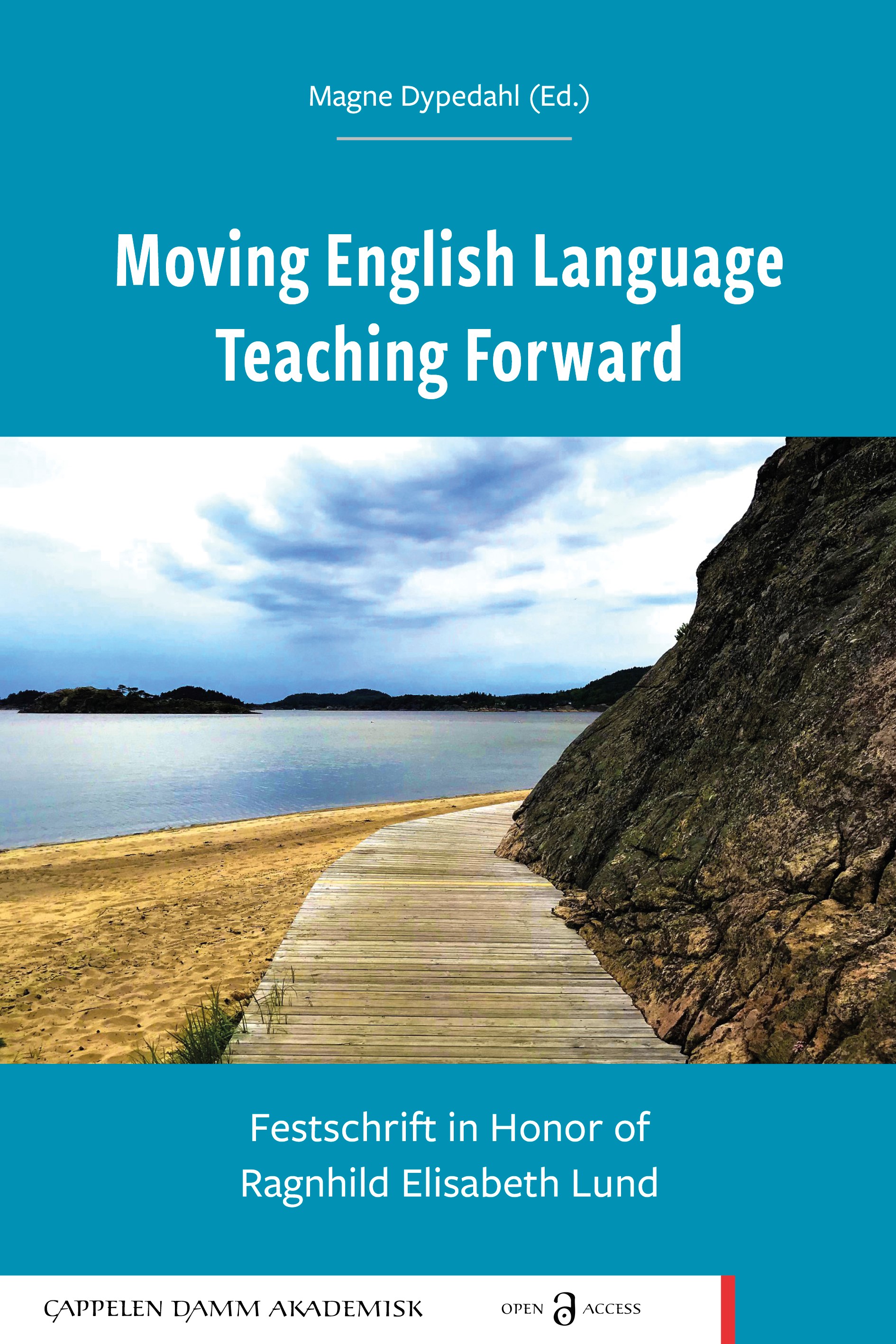- Contributor
- Editor
- Publisher
- Year
- ISBN
- Language
- Janice Bland
- Magne Dypedahl
- Cappelen Damm Akademisk
- 2022
- 9788202738808
- English
The title of this Festschrift, Moving English Language Teaching Forward, is a tribute to Ragnhild E. Lund’s lifelong devotion to English language pedagogy and teaching. She is – in the words of Juliet Munden – “a Dame of English didactics”. Ragnhild would be the first one to share such praise with colleagues. All the authors of this book have in some way or other moved English language pedagogy forward together with Ragnhild, for example as co-writers, fellow doctoral committee members, colleagues at the University of South-Eastern Norway, or just good colleagues sharing the same commitment to English language pedagogy.
As a researcher, Ragnhild is best known for her work in the field of intercultural competence, which made her one of the original members of the international Cultnet group. The initiative for this group was taken by Michael Byram, arguably the most influential theorist of intercultural competence development in the world. In this anthology, he writes about the first meeting of the Cultnet group in 1997 and charts some of the changes that have happened in “the cultural dimension” of language teaching since then.


